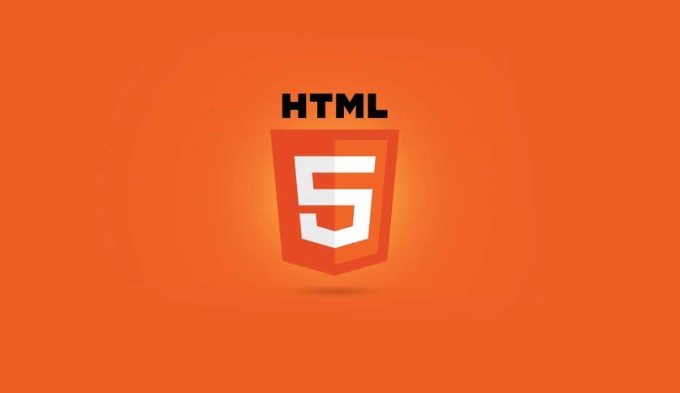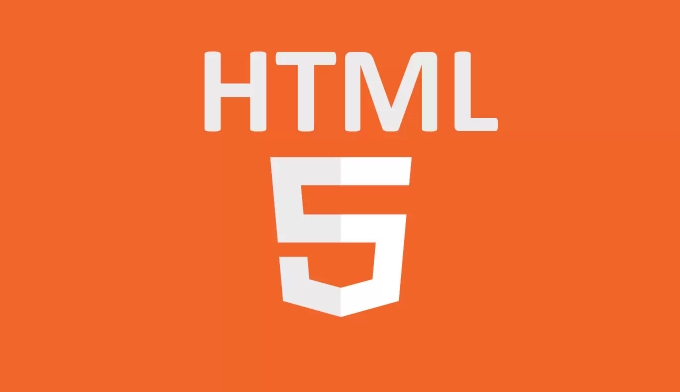The most direct way to get HTML documents to use external CSS stylesheets is to connect via the <link> tag. The specific steps are as follows: 1. Add <link rel="stylesheet" href="styles.css"> to the
part of the HTML file; 2. Ensure that the path in the href attribute is correct, pay attention to the selection of case, extension and relative or absolute paths; 3. If you need to introduce multiple CSS files, you can use multiple <link> tags in succession, and pay attention to the impact of the loading order on the style override. Path errors are the most common problem. You can check the network request to confirm whether the CSS file is loaded successfully through the developer tool.
The most direct way to get HTML documents to use external CSS stylesheets is to connect them through the <link> tag. Although this step is simple, there are several details that are prone to errors or are ignored.

Use the <link> tag correctly
It is the most common practice to add a <link> tag to the section of an HTML file. The basic writing method is as follows:

<link rel="stylesheet" href="styles.css">
-
rel="stylesheet"means this is a stylesheet. -
hrefattribute points to your CSS file path, either a relative or an absolute path.
It is very important to make sure the path is correct, otherwise the style will not take effect. For example, if your HTML file and CSS file are in the same folder, just write the file name directly; if the CSS file is in a subfolder (for example, called css ), then write it as href="css/styles.css" .
File path FAQ
Path errors are the main reason for link failure. Here are a few things to note:

- Path case sensitive: Some servers are case sensitive, so it is best to stay consistent.
- Don't miss file extensions: CSS files usually end with
.css. - Relative path vs Absolute path:
- Relative paths are suitable for local projects or websites, such as:
styles.cssor../css/styles.css - Absolute paths are suitable for reference to remote resources, for example:
https://example.com/css/styles.css
- Relative paths are suitable for local projects or websites, such as:
If you open the page in your browser and find that the style is not loaded, you can use the developer tool to view the network request to see if the CSS file reports 404.
How to deal with multiple CSS files?
Sometimes you may need to introduce multiple style sheets, such as a general style, a theme style, and a style specifically for a certain page. At this time, you can write multiple <link> tags in succession:
<link rel="stylesheet" href="reset.css"> <link rel="stylesheet" href="main.css"> <link rel="stylesheet" href="theme.css">
The loading order affects the final style, and the subsequent styles may overwrite the previous one. So we usually put the general style in the front and the specific style in the back.
In addition, some websites will place third-party libraries in front and their own code in the back, which will make it easier to customize.
Basically that's it. As long as the path is written correctly and the label position is placed correctly, there will generally be no problem. What is not complicated but easy to ignore is the spelling of paths and file names.
The above is the detailed content of How to link external CSS stylesheets to an HTML document?. For more information, please follow other related articles on the PHP Chinese website!

Hot AI Tools

Undress AI Tool
Undress images for free

Undresser.AI Undress
AI-powered app for creating realistic nude photos

AI Clothes Remover
Online AI tool for removing clothes from photos.

Clothoff.io
AI clothes remover

Video Face Swap
Swap faces in any video effortlessly with our completely free AI face swap tool!

Hot Article

Hot Tools

Notepad++7.3.1
Easy-to-use and free code editor

SublimeText3 Chinese version
Chinese version, very easy to use

Zend Studio 13.0.1
Powerful PHP integrated development environment

Dreamweaver CS6
Visual web development tools

SublimeText3 Mac version
God-level code editing software (SublimeText3)
 How to use the CSS backdrop-filter property?
Aug 02, 2025 pm 12:11 PM
How to use the CSS backdrop-filter property?
Aug 02, 2025 pm 12:11 PM
Backdrop-filter is used to apply visual effects to the content behind the elements. 1. Use backdrop-filter:blur(10px) and other syntax to achieve the frosted glass effect; 2. Supports multiple filter functions such as blur, brightness, contrast, etc. and can be superimposed; 3. It is often used in glass card design, and it is necessary to ensure that the elements overlap with the background; 4. Modern browsers have good support, and @supports can be used to provide downgrade solutions; 5. Avoid excessive blur values and frequent redrawing to optimize performance. This attribute only takes effect when there is content behind the elements.
 What are user agent stylesheets?
Jul 31, 2025 am 10:35 AM
What are user agent stylesheets?
Jul 31, 2025 am 10:35 AM
User agent stylesheets are the default CSS styles that browsers automatically apply to ensure that HTML elements that have not added custom styles are still basic readable. They affect the initial appearance of the page, but there are differences between browsers, which may lead to inconsistent display. Developers often solve this problem by resetting or standardizing styles. Use the Developer Tools' Compute or Style panel to view the default styles. Common coverage operations include clearing inner and outer margins, modifying link underscores, adjusting title sizes and unifying button styles. Understanding user agent styles can help improve cross-browser consistency and enable precise layout control.
 How to create a bouncing animation with CSS?
Aug 02, 2025 am 05:44 AM
How to create a bouncing animation with CSS?
Aug 02, 2025 am 05:44 AM
Define@keyframesbouncewith0%,100%attranslateY(0)and50%attranslateY(-20px)tocreateabasicbounce.2.Applytheanimationtoanelementusinganimation:bounce0.6sease-in-outinfiniteforsmooth,continuousmotion.3.Forrealism,use@keyframesrealistic-bouncewithscale(1.1
 How to create a search input field in an HTML form
Aug 02, 2025 pm 04:44 PM
How to create a search input field in an HTML form
Aug 02, 2025 pm 04:44 PM
Usetheelementwithinatagtocreateasemanticsearchfield.2.Includeaforaccessibility,settheform'sactionandmethod="get"attributestosenddatatoasearchendpointwithashareableURL.3.Addname="q"todefinethequeryparameter,useplaceholdertoguideuse
 What is the purpose of the rel attribute in a link tag in HTML?
Aug 03, 2025 pm 04:50 PM
What is the purpose of the rel attribute in a link tag in HTML?
Aug 03, 2025 pm 04:50 PM
rel="stylesheet"linksCSSfilesforstylingthepage;2.rel="preload"hintstopreloadcriticalresourcesforperformance;3.rel="icon"setsthewebsite’sfavicon;4.rel="alternate"providesalternateversionslikeRSSorprint;5.rel=&qu
 What is the purpose of the anchor tag's target attribute in HTML?
Aug 02, 2025 pm 02:23 PM
What is the purpose of the anchor tag's target attribute in HTML?
Aug 02, 2025 pm 02:23 PM
ThetargetattributeinanHTMLanchortagspecifieswheretoopenthelinkeddocument.1._selfopensthelinkinthesametab(default).2._blankopensthelinkinanewtaborwindow.3._parentopensthelinkintheparentframe.4._topopensthelinkinthefullwindowbody,removingframes.Forexte
 How to embed a PDF document in HTML?
Aug 01, 2025 am 06:52 AM
How to embed a PDF document in HTML?
Aug 01, 2025 am 06:52 AM
Using tags is the easiest and recommended method. The syntax is suitable for modern browsers to embed PDF directly; 2. Using tags can provide better control and backup content support, syntax is, and provides download links in tags as backup solutions when they are not supported; 3. It can be embedded through Google DocsViewer, but it is not recommended to use widely due to privacy and performance issues; 4. In order to improve the user experience, appropriate heights should be set, responsive sizes (such as height: 80vh) and PDF download links should be provided so that users can download and view them themselves.
 How to create a submit button that sends form data in HTML
Aug 02, 2025 pm 04:46 PM
How to create a submit button that sends form data in HTML
Aug 02, 2025 pm 04:46 PM
Use elements and set the action and method attributes to specify the data submission address and method; 2. Add input fields with name attribute to ensure that the data can be recognized by the server; 3. Use or create a submission button, and after clicking, the browser will send the form data to the specified URL, which will be processed by the backend to complete the data submission.






